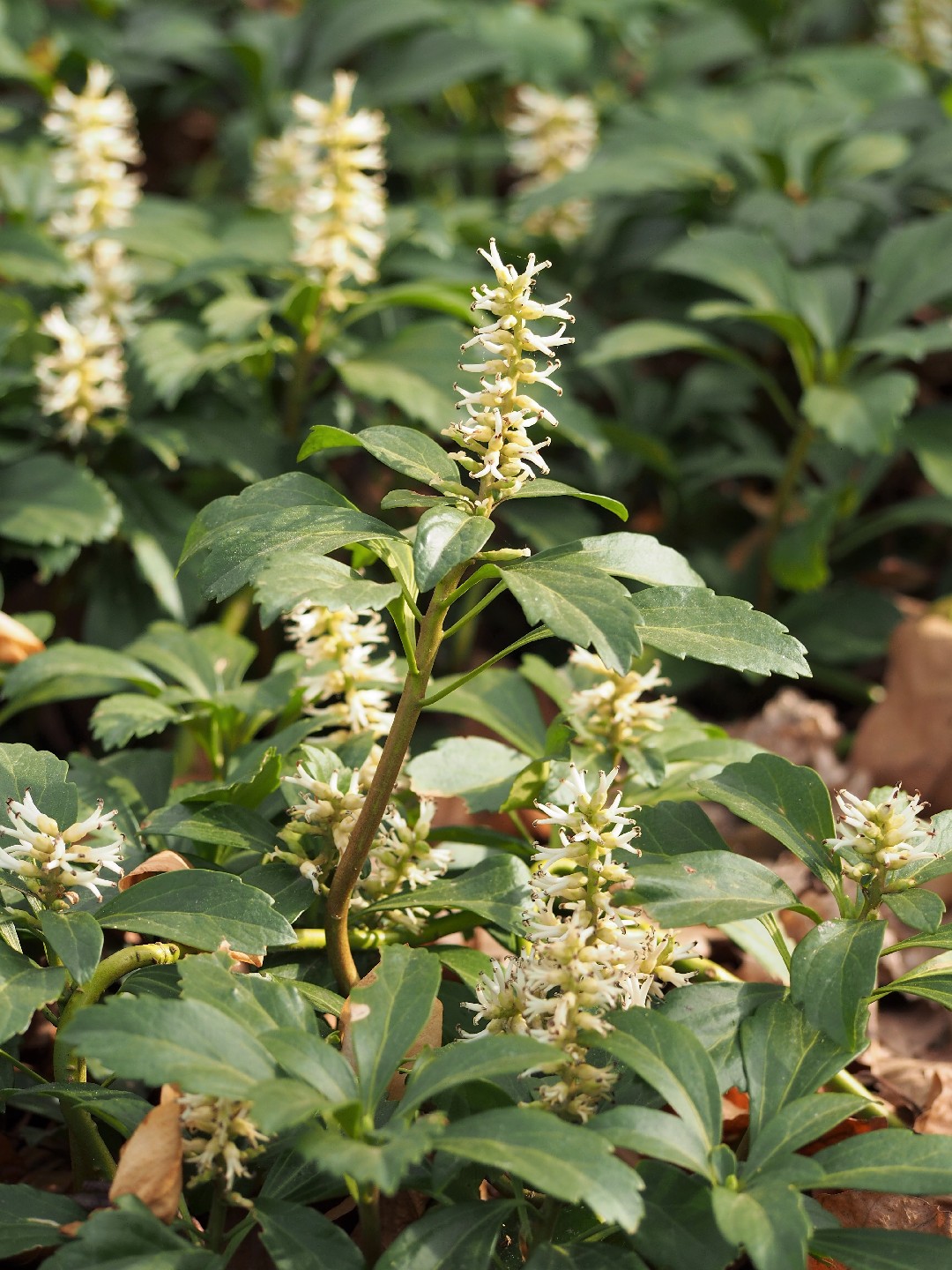Introduction: Japanese Beetles and Bird Predation
![]()
Japanese beetles (Popillia japonica) are invasive pests that have become a major problem in the United States. Originally from Japan, they were accidentally introduced in the early 20th century and have since spread across various regions. These metallic green beetles are notorious for their destructive feeding habits, causing significant damage to plants and crops.
During the summer months, Japanese beetles are most active, swarming plants and devouring foliage. Controlling their population is challenging due to their reproductive capacity, long-distance flight capability, and lack of natural predators in some areas. However, there is a natural and environmentally friendly approach to managing Japanese beetles: attracting birds that feed on these pests.
In this blog post, we will explore how birds can contribute to Japanese beetle control. We will discuss the species of birds that consume Japanese beetles, the factors that attract birds to feed on these pests, and practical techniques for creating bird-friendly environments. By harnessing the natural predation capabilities of birds, we can effectively reduce the Japanese beetle population and mitigate their damage.
Understanding Japanese Beetles

Japanese beetles are small, shiny metallic green insects that measure about half an inch in length. They have a distinctive appearance with copper-colored wings and white tufts of hair along their bodies. These voracious beetles feed on over 300 different plant species, making them a significant threat to ornamental plants and crops.
Their feeding behavior results in skeletonized leaves and diminished plant vigor. Furthermore, when Japanese beetles feed, they release pheromones that attract more beetles to the area, leading to severe infestations. Understanding the beetle’s lifecycle is crucial for effective management, as they spend winter as larvae in the soil, pupate in spring, and emerge as damaging adults.
Birds that Prey on Japanese Beetles

Several bird species naturally prey on Japanese beetles, offering a natural solution to control their population. By attracting these birds to your garden, you can take advantage of their appetite for these destructive insects. Here are some bird species known to eat Japanese beetles:
- Eastern Bluebird: Attract them with suitable nest boxes or birdhouses.
- Northern Cardinal: Provide a variety of food sources such as seeds, fruits, and insects.
- American Robin: Create a garden with shrubs and trees that produce berries.
- Purple Martin: Install martin houses or gourds in open areas.
- Chickadees and Titmice: Plant native trees and shrubs for habitat and food sources.
- European Starling: Although invasive, they consume various insects, including Japanese beetles.
- Grackles and Blackbirds: Attract them with open areas and appropriate bird feeders.
Creating a bird-friendly environment with nesting sites, diverse food sources, and water features increases the likelihood of attracting these birds. Avoid using pesticides that may harm the birds or their prey.
By the end of this article, you will have a comprehensive understanding of how birds can contribute to Japanese beetle control. You will be empowered to create an environment that encourages bird predation as a natural solution to this pervasive pest problem.
Birds That Eat Japanese Beetles

Nature has provided us with valuable allies in the fight against Japanese beetles: various bird species that play a crucial role in controlling their population. Let’s explore some of these avian predators:
Eastern Bluebird (Sialia sialis)
Renowned for its insect-eating habits, the Eastern bluebird is a valuable ally in combating Japanese beetles. Found in open areas like fields and meadows, these cavity nesters have a voracious appetite for Japanese beetles, making a significant impact on their numbers.
American Robin (Turdus migratorius)
With their distinctive red breasts and melodious songs, American robins are adept at including Japanese beetles in their diet. They forage on the ground, using their keen eyesight to spot and consume beetles, contributing to the efficient control of the beetle population.
Purple Martin (Progne subis)
Purple martins are skilled aerial hunters that consume large quantities of flying insects, including Japanese beetles. Their acrobatic flight and swift maneuvers enable them to catch beetles in mid-air, making them effective predators in controlling the beetle population.
European Starling (Sturnus vulgaris)
Adaptable and opportunistic feeders, European starlings thrive in diverse environments and consume various insects, including Japanese beetles. Their ability to adapt to different habitats contributes to the natural control of these pests.
By understanding the different bird species that eat Japanese beetles, we can appreciate their role in reducing the beetle population. Now let’s explore what attracts birds to feed on Japanese beetles and how we can leverage this knowledge to our advantage.
What Attracts Birds to Feed on Japanese Beetles

Japanese beetles are notorious pests that wreak havoc on plants and crops. However, they also present an enticing feast for several bird species. Birds are naturally attracted to Japanese beetles due to their high protein content and their abundance during the summer months. Let’s explore the birds that are attracted to feed on Japanese beetles and the factors that make these beetles irresistible to our avian friends.
Birds that Feed on Japanese Beetles
Several bird species have developed a taste for Japanese beetles and actively seek them out as a food source:
Eastern Bluebirds
Known for their vibrant blue plumage and melodious songs, Eastern bluebirds include Japanese beetles in their diverse diet. They are attracted to open areas with short vegetation, such as lawns and gardens, where Japanese beetles are often abundant.
Purple Martins
As migratory birds, Purple Martins rely heavily on insects for sustenance, including Japanese beetles. They are attracted to areas with open spaces, preferably near water sources like lakes or ponds.
Robins
Commonly found in lawns, gardens, and wooded areas, American robins have a diverse diet that encompasses a wide range of insects, including Japanese beetles.
Starlings
Adaptable and thriving in various environments, European starlings feed on a variety of insects, including Japanese beetles. They are commonly spotted in open fields, lawns, and agricultural areas.
Factors That Attract Birds to Feed on Japanese Beetles
To effectively attract birds to feed on Japanese beetles, consider the following factors:
Abundance of Japanese Beetles
Birds are naturally drawn to areas with a high beetle population. Gardens, lawns, and agricultural areas that harbor a significant number of Japanese beetles provide an ideal hunting ground for birds.
Open Spaces
Many bird species prefer open spaces that offer unobstructed visibility while foraging. Lawns, fields, and meadows that provide clear lines of sight allow birds to spot and capture Japanese beetles more easily.
Vegetation and Shelter
While birds are attracted to open spaces, the presence of vegetation and shelter is important. Shrubs, trees, and dense foliage serve as perches for birds to rest and observe their surroundings, providing a sense of security.
Water Sources
Some bird species, such as Purple Martins, are particularly attracted to areas near water sources. Lakes, ponds, or birdbaths not only provide hydration but also act as an additional incentive for birds to frequent an area that offers both water and a readily available food source.
By understanding the birds that feed on Japanese beetles and the factors that attract them, you can strategically create an environment that entices these avian predators to help control the Japanese beetle population. In the next section, we will delve into practical strategies on how to effectively attract birds to feed on Japanese beetles.
What Are Japanese Beetles?

[Content for section 2 on the topic “What Are Japanese Beetles?” goes here.]
What Birds Eat Japanese Beetles

[Content for section 3 on the topic “What Birds Eat Japanese Beetles” goes here.]
Different Species of Birds That Eat Japanese Beetles

[Content for section 4 on the topic “Different Species of Birds That Eat Japanese Beetles” goes here.]
What Attracts Birds to Feed on Japanese Beetles
[Content for section 5 on the topic “What Attracts Birds to Feed on Japanese Beetles” goes here.]
How to Attract Birds to Feed on Japanese Beetles

To attract birds to feed on Japanese beetles in your garden, you can employ various strategies and create an engaging environment. Consider the following methods:
-
Bird feeders: Set up bird feeders with birdseed, suet, or other bird-friendly foods near areas affected by Japanese beetles. This provides a consistent food source and entices birds to visit regularly.
-
Water sources: Install a birdbath or shallow dish of water near the bird feeders to create a convenient feeding and drinking area. Ensure the water is clean and replenished regularly.
-
Native plants: Plant native trees, shrubs, and flowers that attract insect-eating birds. These plants provide a natural source of food and enhance the diversity of bird species in your garden.
-
Shelter and nesting sites: Provide birdhouses, nest boxes, or natural nesting areas like dense shrubs or trees. These structures offer birds a safe place to rest, raise their young, and observe their surroundings.
-
Avoid pesticides: Minimize or eliminate the use of pesticides to maintain a healthy and abundant supply of insects, the preferred food source for birds.
Benefits of Having Birds Feed on Japanese Beetles

Birds that feed on Japanese beetles offer significant benefits that positively impact the environment and human activities. Let’s explore these advantages:
Natural Pest Control
Birds that prey on Japanese beetles provide a natural and highly effective means of pest control. By actively consuming these beetles, birds help regulate their populations, reducing the damage they can inflict on gardens and agricultural fields.
Reduced Chemical Usage
The presence of birds that feed on Japanese beetles decreases the need for chemical pesticides or insecticides. This promotes an environmentally friendly approach to pest management and ensures safer and healthier produce.
Preservation of Beneficial Insects
Birds focusing on Japanese beetles help maintain a balance in the ecosystem by preventing the unchecked proliferation of these destructive pests. This preservation of diverse insect populations contributes to the overall health and stability of the ecosystem.
Attraction of Birdwatchers
The presence of birds that feed on Japanese beetles can attract birdwatchers and nature enthusiasts, promoting local tourism and raising awareness about biodiversity and conservation efforts.
In summary, having birds that feed on Japanese beetles brings numerous benefits. They provide natural pest control, reduce the need for chemical interventions, preserve beneficial insects, and attract birdwatchers. By understanding and harnessing the advantages offered by these birds, we can work towards a more harmonious coexistence with nature while mitigating the damage caused by Japanese beetles.
Conclusion: Creating a Bird-Friendly Haven to Control Japanese Beetles

Attracting birds that prey on Japanese beetles is a natural and effective way to safeguard your garden or yard. By understanding the behavior of these beetles and the birds that target them, you can cultivate a bird-friendly environment that encourages these natural pest controllers to visit your property. Here are practical steps to help control the Japanese beetle population:
-
Plant bird-friendly habitats: Create an inviting landscape with a variety of trees, shrubs, and flowers that offer food, shelter, and nesting sites for birds. Include plants that produce berries, seeds, or nectar to attract a range of bird species.
-
Install bird feeders and baths: Supplement natural food sources by setting up bird feeders filled with seeds or suet. Provide a fresh water source with a bird bath or shallow dish to ensure birds have essential resources.
-
Avoid pesticide and insecticide use: Minimize or eliminate the use of these chemicals in your garden, as they harm birds and reduce their food sources. Opt for natural pest control methods or eco-friendly alternatives.
-
Create a diverse ecosystem: Encourage a variety of insects by avoiding monoculture and incorporating diverse plant species. This attracts a broader range of bird species that feed on different insects, including Japanese beetles.
-
Educate yourself: Research reliable resources, books, or online materials to learn more about bird-friendly gardening practices. Local gardening clubs, birdwatching societies, or nature organizations can provide region-specific information.
By attracting birds to feed on Japanese beetles, you not only control the pest population but also maintain the health and balance of your garden ecosystem. Embrace the beauty and vitality that birds bring while promoting a sustainable approach to pest management.
Implement these strategies to create an environment that attracts birds and actively reduces the Japanese beetle population without relying solely on chemicals. Transform your garden into a bird-friendly paradise today and witness the power of nature at work.
Frequently Asked Questions
What birds eat Japanese beetles?
![]()
Some bird species that eat Japanese beetles include Eastern Bluebirds, American Robins, Purple Martins, European Starlings, and various blackbird species.
How do I attract birds that eat Japanese beetles to my garden?
To attract birds that eat Japanese beetles, you can provide suitable nesting sites, diverse food sources, and water features in your garden. Plant native trees and shrubs, set up birdhouses or nest boxes, install bird feeders with bird-friendly foods, and include a birdbath or shallow dish of water.
What factors attract birds to feed on Japanese beetles?

Birds are attracted to areas with a high population of Japanese beetles, open spaces with unobstructed visibility, presence of vegetation and shelter like shrubs and trees, and nearby water sources such as lakes or ponds.
How can I create a bird-friendly environment to control Japanese beetles?
You can create a bird-friendly environment by planting native trees and shrubs, setting up bird feeders and water sources, providing shelter and nesting sites, and avoiding the use of pesticides that harm birds and their food sources.
What are the benefits of having birds feed on Japanese beetles?
Having birds feed on Japanese beetles provides natural pest control, reduces the need for chemical pesticides, preserves beneficial insects, and can attract birdwatchers and promote local tourism while raising awareness about biodiversity and conservation efforts.


Leave a Reply